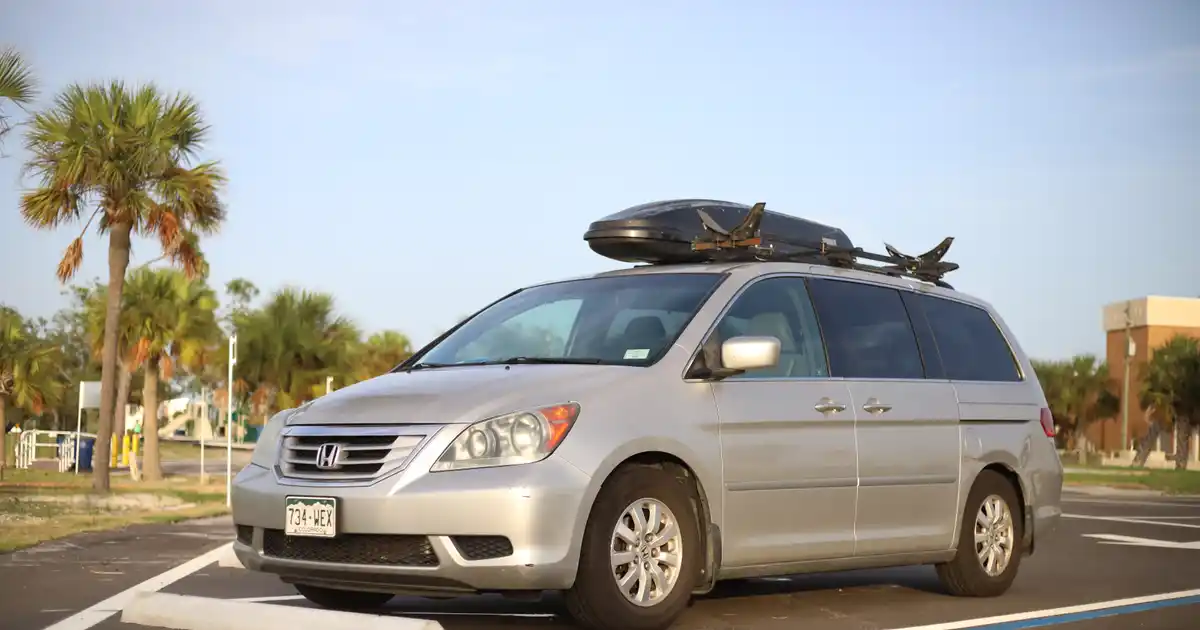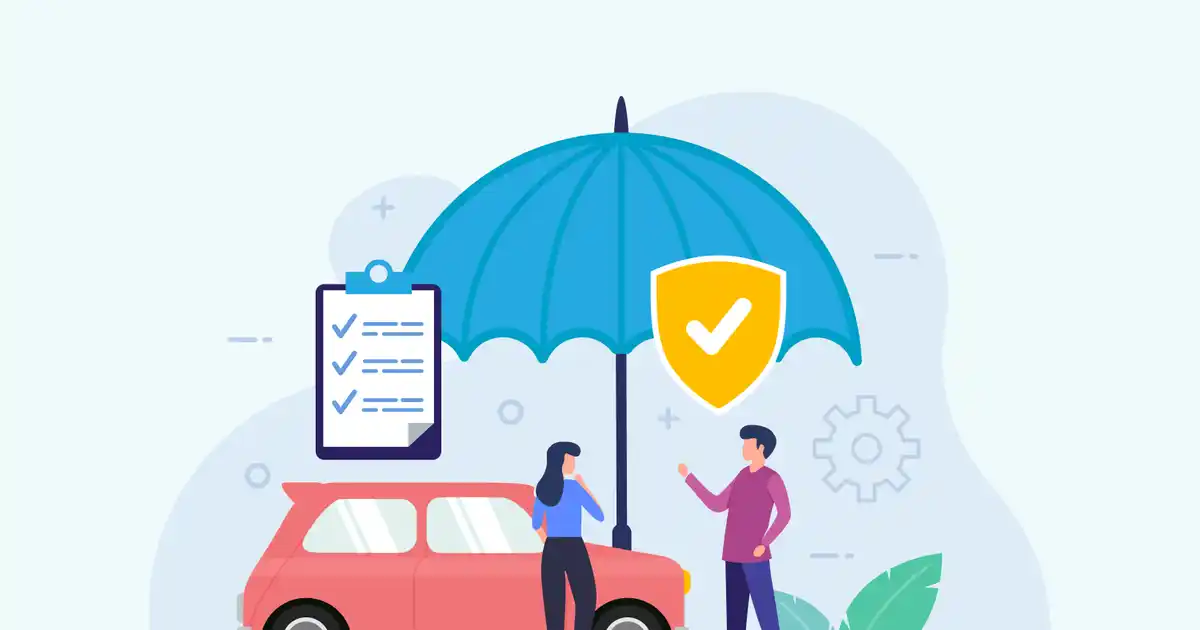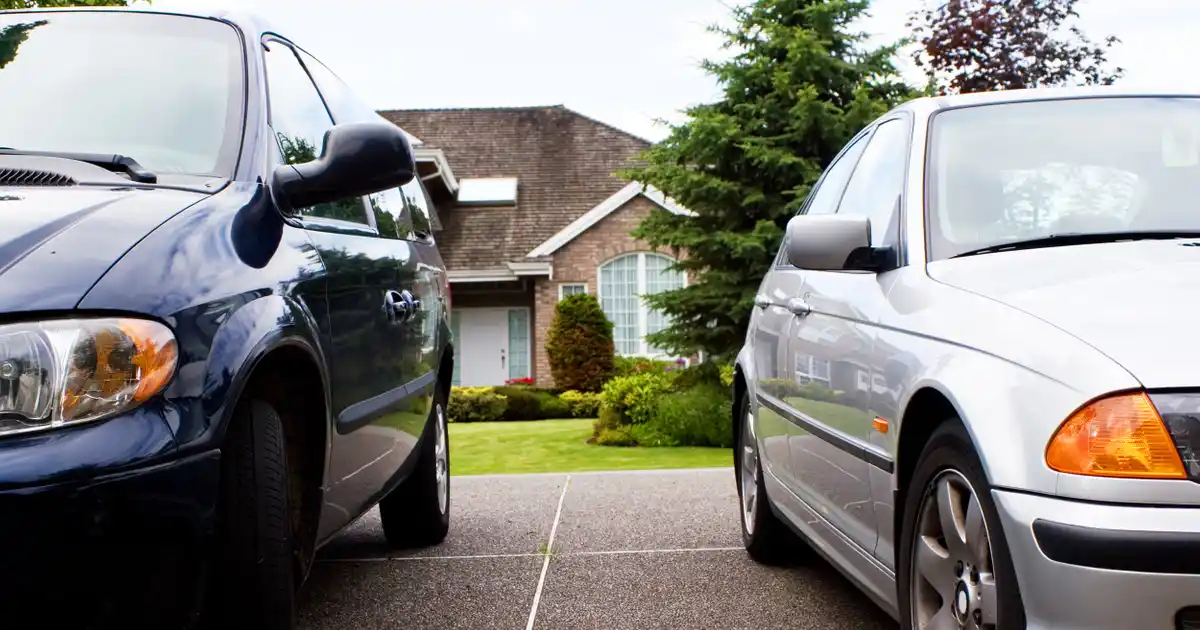According to financial comparison site Bankrate, the average cost of car insurance is $1,674 per year for full coverage. If you choose to go with minimum coverage then the average cost is $565 per year. As you most likely assumed, a speeding ticket, accident or DUI will cause those figures to jump. Even if you have a spotless driving record, you may have seen your premiums increase. The cost of insurance has been on the rise in recent years, jumping by 5% between 2017 and 2018.
Insurance costs vary by where you live, what you drive, how many miles you drive and so much more. Despite all the variability, there are a few things you can do to keep your car insurance costs down. Follow these tips and tricks and you’ll be well on your way to getting the lowest rate on auto insurance.
Bundle Your Insurance Plans
One of the easiest ways to lower your car insurance premium is to bundle your coverage. This essentially means having one insurance company handle all your policies. Even if you don’t own a home and several cars, chances are you have at least one other insurance policy. If this is the case, it’s worth it to ask your insurance company about their bundling discount.
Bundling is almost sure to get you a discount on your auto insurance. The size of the discount varies by company, though, and can range from 5% to 25%. It’s worth noting that this discount isn’t guaranteed to save you money, though. The company offering it may charge more to insure you in the end, negating the cost savings. When it comes to bundling, it pays to do the math and see if you really save.Shutter
 Shutterstock
ShutterstockDrive Safely
Speeding tickets, accidents and DUIs will jack your insurance rates way up. How far? According to Bankrate, a speeding ticket increases full-coverage premiums by approximately 23%. Accidents incur an approximate penalty of 38% while DUIs raise your insurance costs by approximately 87%.
Conversely, driving safely can earn you a discount from your insurer. That said, these discounts often involve installing a “telematics” device in your car. These devices track your speed and driving habits, in addition to the miles you drive. If you stay within the allotted limits, you’ll see a discount. Going over them may make you ineligible for them, though, and some companies may even raise your rates. This can happen if you claim to drive under a certain amount of miles but the device says otherwise. It can also happen if the device detects you driving dangerously.
 Shutterstock
ShutterstockSwitch to a “Safer” Car
Simply put: Driving a “boring” car can help you save on insurance. Financial comparison site ValuePenguin found that the Honda CR-V, Chrysler Pacifica, and Honda Odyssey are the three cheapest cars to insure.
The site found that, generally speaking, minivans and small trucks are the cheapest car types to insure. Large sedans were the costliest. Sports cars, presumably, rank high, too. If your auto insurance is taking too big a bite out of your paycheck then maybe consider switching rides.
 Shutterstock
ShutterstockConsider Pay-Per-Mile Insurance
Pay-per-mile insurance is a relatively new concept but one that’s easy enough to understand. Insurers offer coverage at a base rate and then charge extra based on the amount of miles driven per month. If you hardly drive at all, you typically see savings, which could run upwards of hundreds of dollars per year.
That savings varies between companies, of course, and is subject to strict mileage limitations. Most pay-per-mile insurers target those who drive less than 10,000 miles per year. Note: Some companies require you to install a telematics device to access pay-per-mile coverage. Others ask for a photo of your odometer or for you to use an app. Regardless, you’ll need to prove you’re driving as much as you say.
 Shutterstock
ShutterstockSeek Out Weird Discounts
Insurers offer a handful of discounts that they don’t readily promote. One of the easiest “hidden” discounts to earn is the one some insurers offer for being married. Then there are the weirder discounts, like the one Geico offers for being a member of Mensa.
Members of sororities and fraternities can also score discounts from some companies. Firefighters, doctors and teachers are just a few of the occupations that receive discounted rates from some insurers. When it comes to discounts, it never hurts to ask an agent what you’re eligible for.
 Shutterstock
ShutterstockTake a Defensive Driver Class
Going back to school, specifically driving school, can help cut your auto insurance costs. Those who complete a defensive driving course can receive a discount on their insurance policy. This course must be taken electively and is only good for a one-time discount.
It’s worth it to first ask your insurer if they offer such a discount and how much it’s worth. You may find the cost of the class eats into, or potentially cancels out, the savings it brings.
 Shutterstock
ShutterstockWork on Your Credit
In some states, insurers are not allowed to factor in credit scores when determining auto insurance rates. If you live outside of California, Hawaii, Michigan or Massachusetts then a poor credit score may mean more expensive coverage.
If you are improving your credit, make sure to track your auto insurance rate, too. If it doesn’t drop accordingly then it may be time to consider switching coverage.
 Shutterstock
ShutterstockFactor Insurance Costs Into Your Next Move
First off, nobody should ever base a move solely on the cost of their auto insurance. That said, it should at least be a small consideration for those with sky-high rates. Insurers tend to offer lower rates to those in the suburbs and rural areas than city dwellers. The reason being is that driving and parking in big cities is seen as riskier.
Urbanites with DUIs or accidents on their records may want to think twice about their next move. A move to the suburbs or a less-populated town could bring big savings.
 Shutterstock
ShutterstockInstall an Anti-Theft Device in Your Car
Installing an anti-theft device is a win-win. You get an increased peace of mind and your insurer may offer you a discount on your coverage. Actually, in some states they are legally obligated to offer you a lower rate.
The size of the discount varies by company and device, and most insurers will require proof of installation. Make sure to consult your insurer before purchasing a fancy aftermarket system as a “The Club” may also net you some savings.
 Shutterstock
ShutterstockLook at Your Coverage and Deductible
If you don’t drive all that often it may be worth it to re-examine your coverage. Removing “comprehensive” coverage, which protects you in the event of theft, vandalism and “acts of God” can save you money.
Likewise, increasing your deductible can lead to a lower premium. This is a trade-off, though, as a higher deductible means you’ll owe more out of pocket in an accident. If you drive a much older vehicle, you might want to consider removing “collision” coverage from your policy. Your insurance won’t pay to fix your car anymore, but chances are the vehicle isn’t worth fixing anyway if it’s that old.
 Shutterstock
ShutterstockExpunging Your Driving Record
If your driving record is spotty then it may be worth it to try and expunge it. This process can be costly as it sometimes requires the help of a lawyer. Depending on where you live, it may also not be possible to expunge your driving record.
Whether expungement makes sense depends largely on what’s on your record. In some scenarios it may make more sense to simply “wait out” your record. Insurers can only look so far back into the past when evaluating your risk.
 Shutterstock
ShutterstockTake Advantage of Multi-Car Discounts
It almost goes without saying that if you have more than one car, they should be insured together. Multi-car policies almost always come with a discount and, in some states, you can “stack” insurance coverage.
Stacking coverage means you can combine the benefits of both policies into a single policy. For example, if both policies offer $25,000 of uninsured motorist coverage then you technically have $50,000 in total coverage.
 Shutterstock
ShutterstockThe Bottom Line
Auto insurance does not have to be one of the biggest bills you pay each month. With a little research and an investment of some time and money, you could significantly lower your auto insurance rate. These tips and tricks can help you secure cheaper coverage when you go to renew or shop around for coverage.




